For This Mathematician, Nutrients Are Not Adding Up
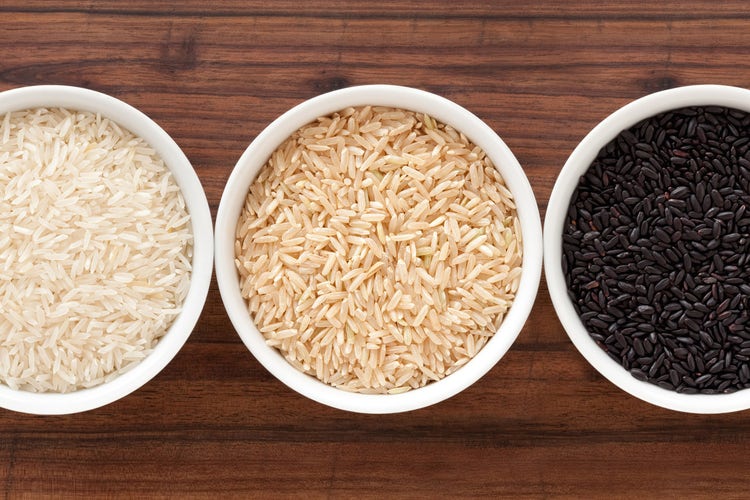
Irakli Loladze considers himself lucky to have stumbled on an interesting and important problem early in his Ph.D. work at Arizona State University.
The Georgian-born mathematician was in a lab looking at a tank of algae that researchers were coaxing to grow faster with higher intensity light to feed a population of zooplankton. But the zooplankton were struggling to survive.
Zooplankton are tiny creatures that drift on the surface of oceans and rivers and eat phytoplankton—small plants and algae. We all learn about photosynthesis—the process during which algae and plants take sunlight and carbon dioxide to produce their own food in the form of sugar and give off oxygen. At the same time, there were nutrients the zooplankton were taking in from the algae, including phosphorus.
Loladze developed a mathematical equation that broke down the biological system he saw in the tank into two of its basic elements: the ratio of carbon to phosphorus. Carbon, found in all life forms, was the stand-in for the quantity of the algae. Phosphorus, an essential nutrient for the zooplankton, represented the quality of the algae as a food source.
So why were the zooplankton struggling when there was an apparent abundance of food? Loladze found there was a high ratio of carbon to phosphorus, meaning the nutrient levels of the algae were decreasing even as more algae was growing.
The zooplankton were malnourished. “It showed that quality mattered a lot in aquatic plants,” he tells 24/Life.

It’s what you eat—not how much—that matters
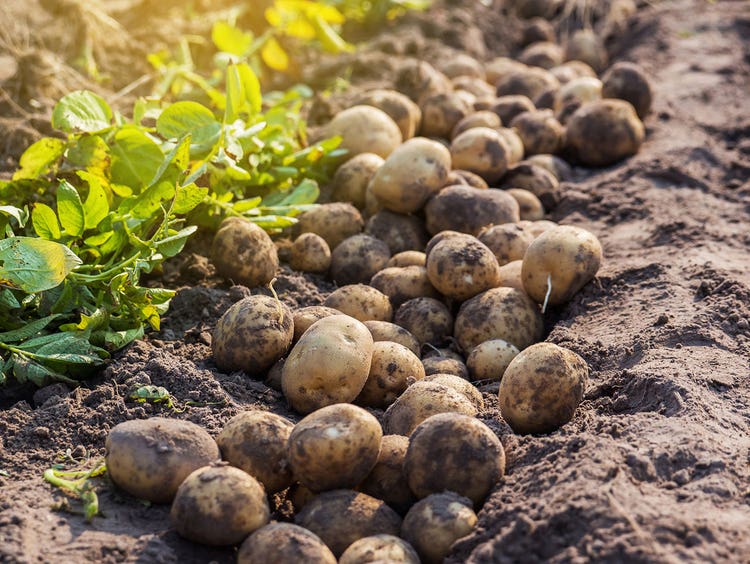
Research has shown that our bodies need essential nutrients to grow, repair and function— starting when we’re in utero and throughout our entire lives. Beyond carbohydrates, fats and proteins, our bodies also need minerals, including iron, zinc and magnesium and vitamins such as B6, B12 and folic acid. Loladze was aware that roughly half the human population around the globe were deficient in many of these nutrients already.
This was the late-1990s, and there had been a steady drumbeat about increasing levels of carbon dioxide in the atmosphere, as well. Loladze had seen many papers looking at the effects of carbon dioxide in plants. They showed that protein and nitrogen declined in leaves, but there had been no consensus around the effects of it on levels of zinc, iron or other minerals. Other papers were inconclusive: They showed declines in some minerals but gains in others.
No one was linking rising carbon dioxide to plant nutrient levels to human nutrition just as Loladze had done in associating the increases in light intensity to algae nutrient levels to zooplankton nutrition. And no one was using mathematics to produce evidence of these connections, either.
This topic became grist for Loladze’s early research during a stint at Princeton University. He began by examining the nutrient levels of wheat, barley and potatoes grown under changing levels of carbon dioxide. When the crops were harvested, Loladze analyzed the chemical composition of the plants and found that for higher levels of carbon dioxide, the levels of the essential nutrients decreased. He wrote in a 2002 paper that this diluting of nutrients by carbon dioxide would exacerbate malnutrition around the globe.
This early work was met with skepticism from the scientific community, largely because the basis for the comparison was Loladze’s mathematical model. “My logical argument seemed too simplistic to many experts,” he says.
Lone voice on the prairie
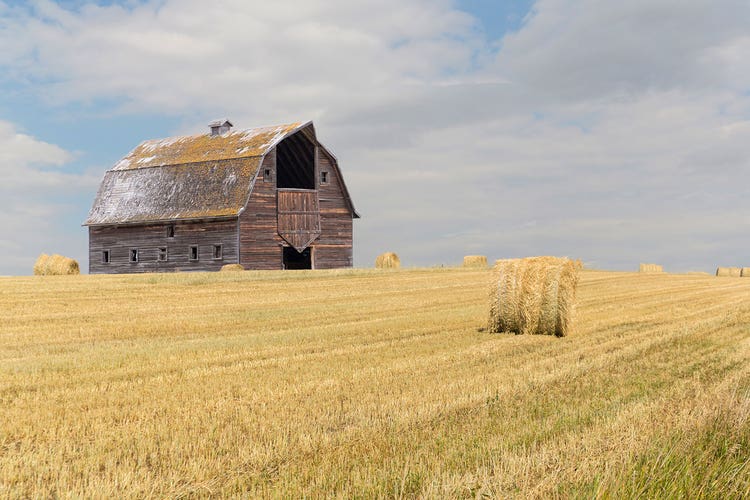
Loladze’s next stop was a faculty position in “a crop state”—the University of Nebraska, where he continued working on this issue.
In telling this part of his story to a small audience at a TEDx event in Bratislava, Slovakia, in July 2018, Loladze recounted numerous roadblocks.
On a screen behind him onstage, PowerPoint slides advanced, showing photos of an application to the National Science Foundation’s mathematics division with the word “REJECTED” in red stamped on it. The issue? Loladze said he was told there was too much biology. So he applied to the biology division. That, too, got the red stamp of rejection—too much math. Loladze cycled through a few more slides showing numerous rejections.
When you’re a faculty member at a research university, no funding equals no job. Loladze was let go by the university in 2008 but continued looking for more data to back his work. It took a while, and he told of how he had to go on public food assistance by 2011—$200 a month. He knew he had to buy cheaper food to stretch his budget.
While on this diet, Loladze made a connection to his research. “This big food industry injects sugar in our food supply because it’s very cheap for them to do. And then at that time, I have enough [data] to actually see that rising CO2 does the same—it injects more starches, sugars and mineral drops.”
Loladze told his Bratislava audience, “You might be skeptical about my claims, and you’re not alone.”
More voices join the chorus
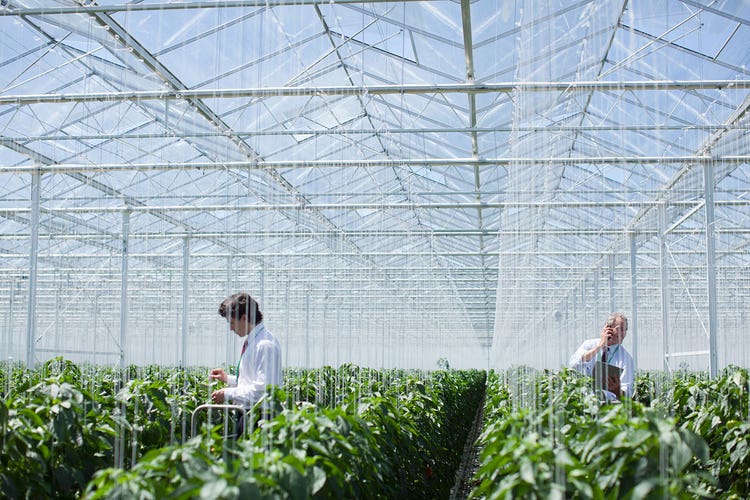
Independently, though, other researchers were finding some of the same issues in crops because of rising carbon dioxide. A team of researchers at Southwestern University in Texas published a 2007 studylooking into the effects of rising carbon dioxide in the atmosphere on major food crops, including rice, wheat and potatoes, which showed that protein levels decreased.
In 2014, researchers at Harvard University published a major study in the journal Nature about field trials of wheat, rice, maize and soybeans showing that higher CO2 levels greatly reduced levels of nutrients such as iron and zinc, along with cutting protein levels.
Around 2015, Loladze, then a professor at Bryan College of Health Sciences in Nebraska, published an even bigger study on the effect of rising carbon dioxide on human nutrition. Then he became part of an international team that looked at nutrients in several varieties of rice across 10 countries over a number of years. The rice crops were put under carbon dioxide levels predicted for mid-century. Their findings, published just last year, were sobering, particularly for poorer countries where rice is the main food source.
The crop plants have more starch and sugar but lower levels of iron and zinc—as well as 15 percent less of vitamins B1 and B2 and 30 percent less folate. Folic acid is vital for pregnant women because it protects against birth defects and aids in healthy brain development in growing children. It is also vital to the production of red blood cells. People who have diets low in folic acid wind up with anemia.
Getting more notice … but still little support
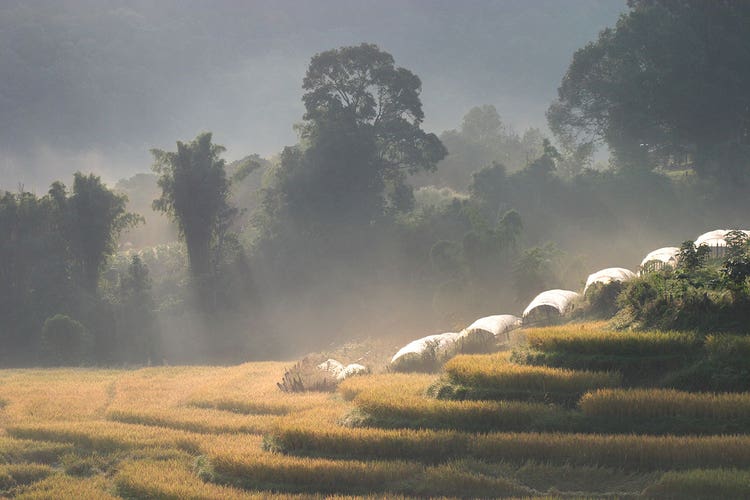
With a growing body of evidence from many different corners supporting Loladze’s initial hunch he had 20 years ago, one would think that more funding would be flowing toward this work. But it’s still elusive. “There’s been enormous media interest,” says Kristin Ebi, Ph.D., an epidemiologist at the University of Washington Center for Global Health and the Global Environment who was a co-author on the 2018 paper with Loladze. “Overall, the funding has been minuscule.”
Yet many of the issues being raised presently—concerns of lower nutrient levels in staple crops, particularly for poorer countries—are the same as those back when Loladze found zooplankton starving in an abundance of algae. That was the late 1990s, and back then a major development that garnered a lot of headlines was Golden Rice.
This is a form of rice genetically engineered to produce more beta carotene and thus provide vitamin A in the diets of people in poor countries where rice is the diet staple. It was called “golden” because the beta carotene makes the grains appear yellow. This rice was controversial at the time. Today, 20 years since its big publicity splash, Golden Rice has yet to be sold commercially anywhere. There are a lot of reasons for this, but the underlying problems Golden Rice highlighted by its emergence—crops low in vitamins and minerals, affecting the nutrition of large parts of the globe—are still here.
For his part, Loladze plans to continue his work as there are many questions left to tackle. He’s hoping that people in positions to make policy will look deep inside the food produced around the world—at the quality of the food, not just the quantity.
Video credit: IVAN ZHURAULIOU, Getty Images
Photo credit: FotografiaBasica, Getty Images; Nednapa, Getty Images; libertygal, Getty Images; Martin Barraud, Getty Images; Toa55, Getty Images